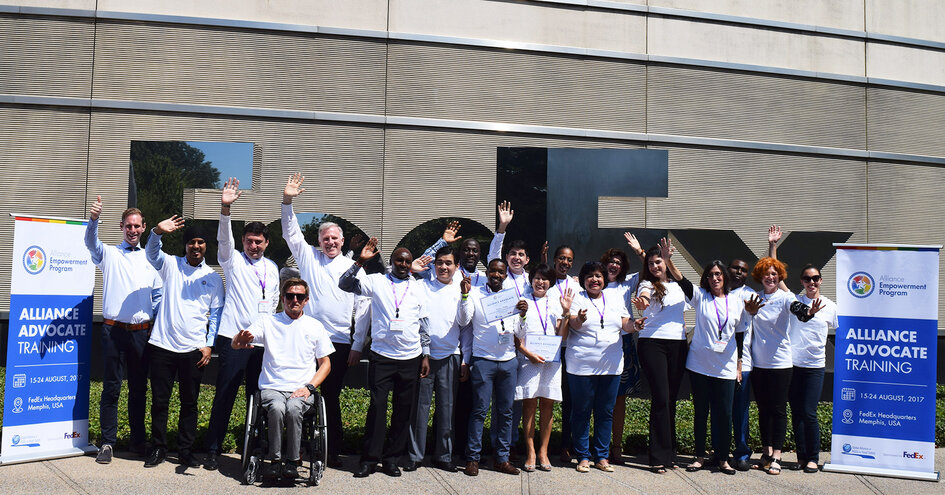
Fundación MAPFRE Awards – For those who make the world a better place
In 2015, we won the prestigious Fundación MAPFRE Award for ‘Best Road Safety Initiative’ celebrating the 2014 edition of the awards. This year, the 2017 awards are open for nomination and will be selected and celebrated in 2018. The mechanics have also been simplified: the documentation must be submitted via web; by March 1, 2017, contact information can be sent through Fundación MAPFRE’s website. More information is available below.
There are certain men, women and groups who strive to improve the lives of other people and help make the world a better place. We thank them all for their dedication and commitment. In recognition of their endeavors, the Fundación MAPFRE Awards have been awarded since 2007 to highlight the social commitment of those individuals and institutions who seek to improve society through noteworthy actions in the fields that have been of interest to Fundación MAPFRE for over forty years.

Fundacion MAPFRE are opening the call for reception of projects from 1st November 2017 to 1st March 2018. Awards has a prize of 150.000 euros and each of them of 30,000 euros. The Fundación MAPFRE Awards are international in scope and applications can be presented in English, Spanish or Portuguese, whether by the candidate themselves or by another individual or public or private institution.
The subject matter of the projects submitted for the Fundación MAPFRE Awards should fall within one of their selected categories.
In 2015, we won the award recognized by Fundacion MAPFRE: YOURS (Youth for Road Safety) for the project Youth Capacity Development Programme. A road safety program addressed to young people, started in 2011. The program aims to train young people in the prevention of road accidents, inspire them and motivate them to become proactive and involved in the prevention of accidents, and to develop skills to put their own initiatives into practice.


















